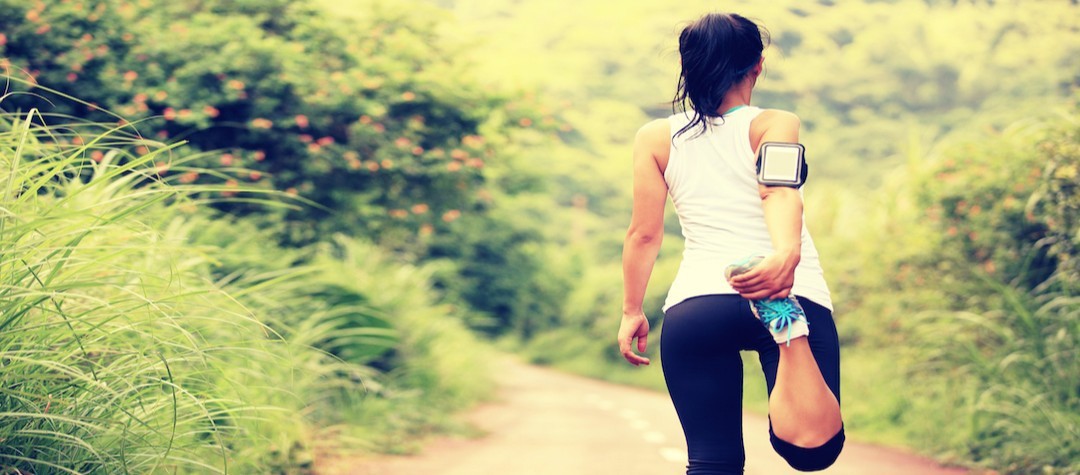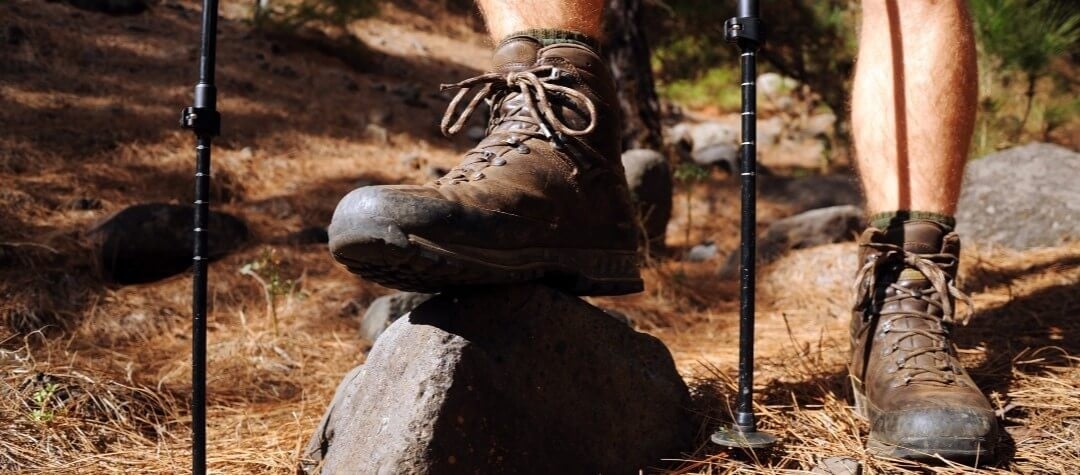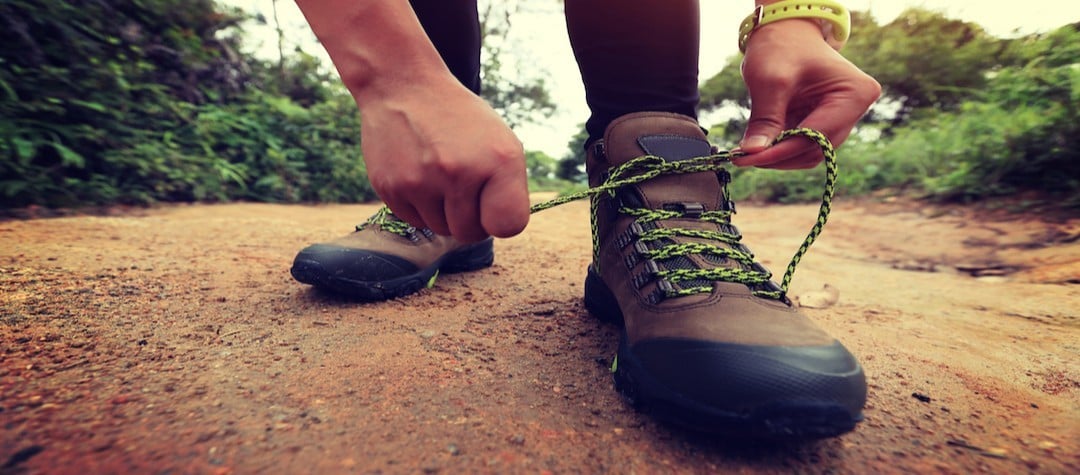Get the most out of your hiking with our 10 easy tips that ensure you’ll be stepping out well prepared.
Hiking is a fantastic social activity that can really help improve your fitness and health. However, before pulling on your walking boots and striding off into the distance, make sure you are well prepared.
From map reading to choosing the right footwear, here’s our realbuzz guide to taking a hike:
1. Be a route-master
Even if you will be walking with a group, you should still learn the basics of route planning, navigation and how to use a map and compass. After all, if the group leader should unfortunately become ill or have an accident, who is going to lead you off the hill?
Rudimentary map reading skills are very quick and easy to learn. Maybe an experienced friend could teach you, or you could pick the skills up on a one-day course, or using Memory-Maps – a tutorial navigation workshop DVD.
2. Be prepared!
Take time to plan your route and prepare your equipment, whether you’re going for a one-hour walk or a four-week expedition. It can make all the difference. Always check your walking kit before you leave. It’s no good being out on a hike and finding you’ve left your lunch and coffee flask on the kitchen table!
3. Best foot forward
Make sure you have the appropriate footwear for your outing. It doesn’t matter if you are taking up hill walking for the first time or are an experienced mountaineer. Nothing will ruin your day more than an ill-fitting pair of boots. And, if your feet hurt the first time you stride out, you’ll possibly never go again.
If you are starting out hiking, it is worth considering modern fabric boots, which can offer more comfort than traditional leather ones. It’s best to visit a reputable outdoor retailer which offers specialist boot fitting service.
4. Toughen up
On the subject of feet – it’s a common misconception that blisters are an unavoidable side effect of walking. Wrong! Feet can be toughened up by regularly dabbing on surgical spirit, but also by walking. Start off with short routes and then increase them in length as your feet toughen. It’s important to wear well-fitting boots and invest in decent hill walking socks to keep blisters at bay.
Keeping your feet dry also helps to prevent blisters and you can get more help by wearing an additional pair of thin ‘liner socks’. And if you know you are prone to blisters then use strips of adhesive zinc oxide tape (available from most pharmacies) to protect your foot.
5. Safety first
Don’t underestimate the amount of time you will be walking – or you could be left out in the dark. Inexperienced walkers often fail to take into account the much slower speed that can be achieved when moving over steep ground. We’d recommend learning to use ‘Naismith’s Rule’ to accurately estimate the time your route will take.
The Victorian climber’s basic rule is: Allow 1 hour for every 5 kilometres (3.1 miles) forward, plus 1 hour for every 600 metres (2,000 ft) of ascent.
When walking in groups try to calculate for the speed of the slowest person. Always start off by planning short, easy routes and then gradually increase your distances and severity, as your experience and confidence grow. Pushing too hard is how accidents inevitably happen. So it’s important to plan according to your ability and always to the ability of the weakest in your group.
6. Food for thought
Eating ‘little but often’ is a top tip when it comes to hiking. Carry some sugary snacks in your pockets, as these will help keep your blood sugar levels topped up, leaving you full of energy. Carefully consider what other food you will carry with you, as it needs to be tasty and nutritious but lightweight! Always carry emergency rations, for example: high energy and low weight food bars, as well as waterproof clothing and a bivouac shelter as part of your first aid kit.
7. Drink in more than the scenery
Never underestimate the effects of dehydration when you’re out walking – it can still affect you on the wettest, rainiest day of the year. You will need to consume at least 2 litres (67.7oz) of water during any day of hiking. As with food, a good tip is also to drink ‘little but often.’ Hydration packs are ideal and allow you to drink continuously while on the move.
Water is heavy, so one option can be to invest in a light-weight water purifier, which can filter water taken from streams and purify it for drinking or cooking. Another, lighter weight alternative is chemical purification, but be warned - this leaves an awful taste to your drinking water!
8. Be respectful of the countryside
Get to know any local countryside codes and take care when crossing farmland and other private property. In particular:
- Leave gates and property as you find them
- Protect plants and animals and take your litter home
- Keep dogs under close control
- Consider other hikers and walkers
- Also be aware that some public paths may be closed at certain times of year.
A little effort and understanding will go a long way and help keep land accessible for everyone to enjoy.
9. Stay in touch
It goes without saying, but we will stress to always take your fully-charged phone with you (sealed in a waterproof bag) when you are out hiking. Be aware that network signal strength can be non-existent in some remote areas so you may need to make your way to a public phone. Always carry a personal first aid kit (group leaders will carry a more comprehensive kit).
It is also well worth taking the time to invest in some basic first aid training courses, which are very affordable, easy to follow and can be vital.
10. Be a pack leader
You need to look after your back. So take a backpack with you and make sure that it suits your needs. On short day walks the load you carry will be very light, so select a day-sack that feels comfortable. For anything larger, visit a reputable outdoor retailer and get your pack fitted properly. Just like boots, different packs suit different people. Packs come in all shapes and sizes and most now incorporate an adjustable back system meaning you can achieve a more ‘tailored’ fit.














